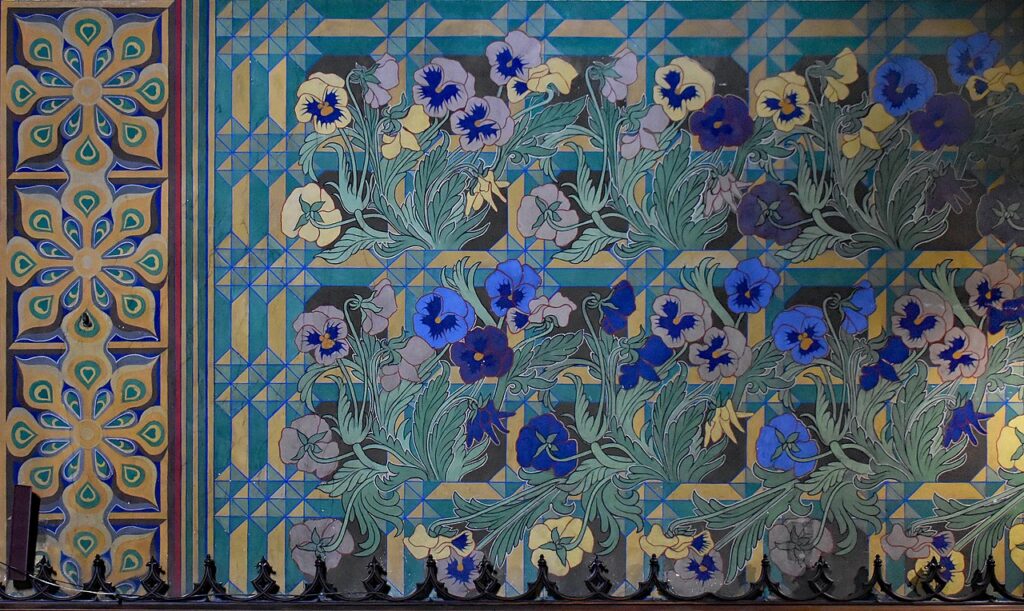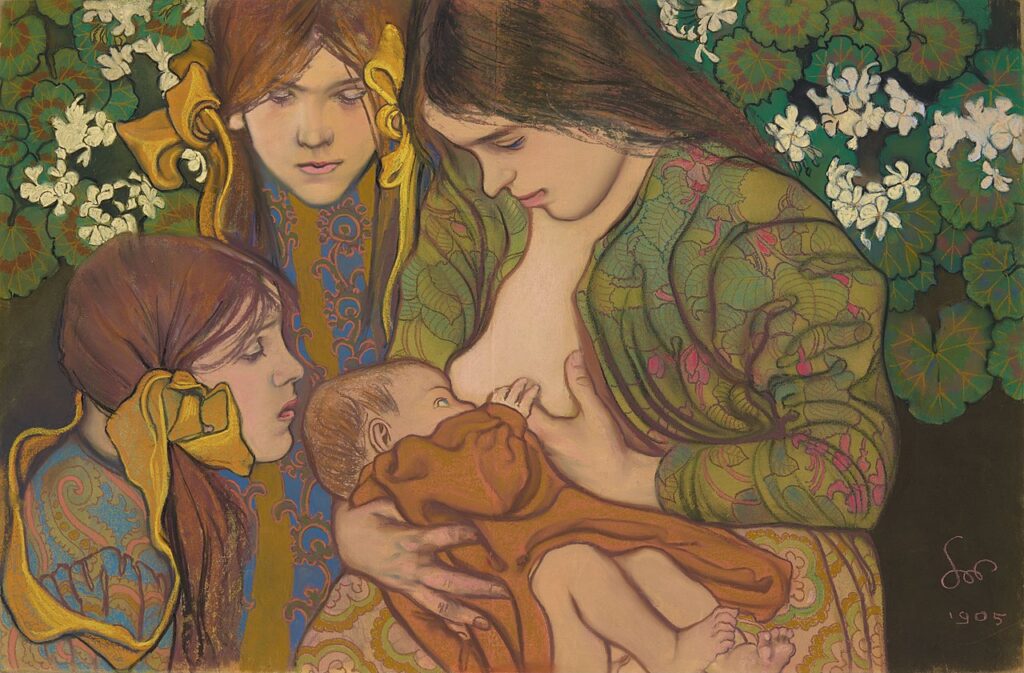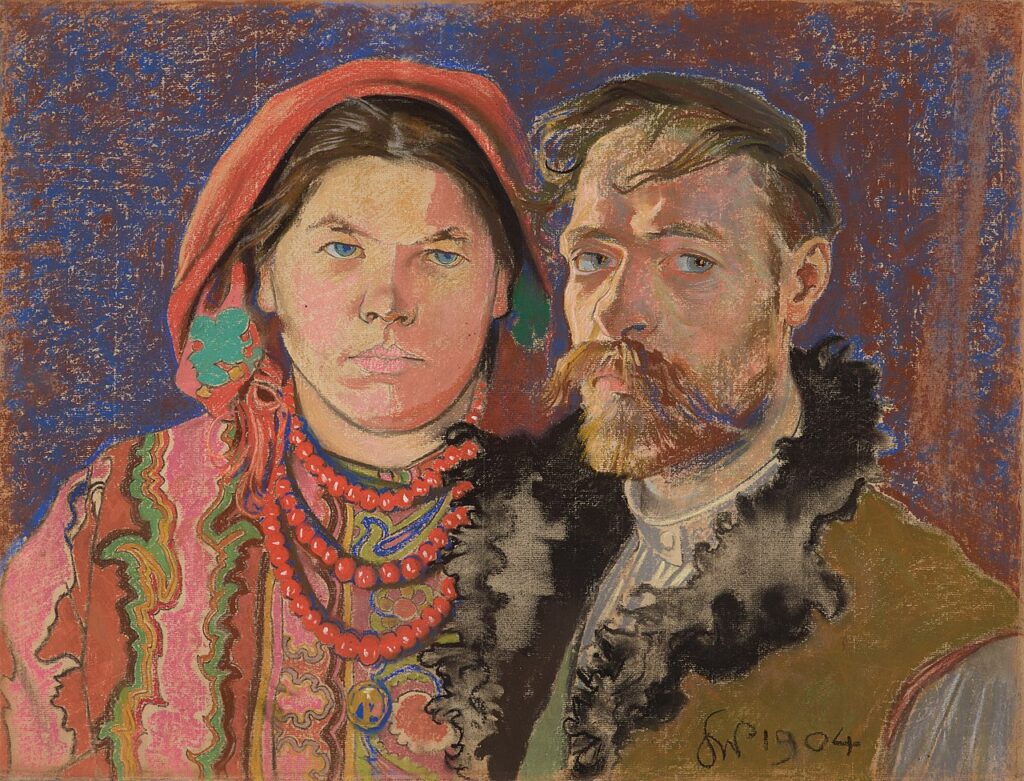Ferdinand Hodler – The Painter Who Revolutionized Swiss Art
Ferdinand Hodler was one of the principal figures of 19th-century Swiss painting. Hodler worked in many styles during his life. Over the course of...
Louisa Mahoney 25 July 2024
Likened by his 19th century Polish compatriots to a modern Leonardo da Vinci, Stanisław Wyspiański’s talents encompassed more than just the fine and decorative arts. He was also an esteemed writer who was deeply involved in the theater, and worked with a meticulous eye as an architect, renovating monuments and creating furnishings. Get to know the story of this tremendously prolific Art Nouveau artist!
Even as a student at the School of Fine Art in Kraków, Poland (then part of the Austro-Hungarian Empire), Wyspiański’s talents were already being acknowledged by the likes of renowned painter Jan Matejko, entrusted to collaborate on a polychrome at St. Mary’s Basilica in Kraków. Alongside his arts studies, Wyspiański also found time to write short plays and scripts, indicative of a serious interest in theatre.

Stanisław Wyspiański, Pansies polichromy, 1894, Church of St. Francis of Assisi, Kraków, Poland. Photograph by Zygmunt Put via Wikimedia Commons (CC BY-SA 4.0).
Stanisław Wyspiański couldn’t get enough of learning about the world, and after completing his studies he embarked upon a trip around Europe, visiting Switzerland, France, Italy, Prague and Germany. During his extended stay in France, he resumed his studies, also familiarizing himself with French art in a more significant way. During that time, he met Paul Gauguin and became fascinated by Pierre Puvis de Chavannes’s symbolic art.
Although he continued painting, he became increasingly interested in the world of theatre, and especially the great works of Shakespeare. He watched plays – his favorite ones were performed by the Comédie Française – as well as operas and everything else that had to do with the stage and actors.
Wyspiański was always working hard, intensively, no doubt leaving a significant legacy behind. He designed furniture, stained glass, renovated monuments, painted, and wrote, but none of these activities brought him profits until 1901 when he wrote the famous play The Wedding. The plot is based upon a true story about a wedding he attended himself, in which a poet marries a young peasant woman, and represents the challenges and pitfalls of the Polish nation in its quest for self-determination during his time. The play gave him wide recognition.
The artist painted a significant number of children’s portraits, with the aim of capturing the character and mood of each of the respective sitters. This series is widely considered to include many of Wyspiański’s finest pieces, and the sheer output of his child portraits makes him stand out among European artists at the time. There is a great deal of realism in these portraits, as he strove to depict real people with real emotions. The little human beings in his pieces evoke purity and honesty, as representative of the nature of the child that he wanted to portray in the paintings. Mainly, he painted his beloved children in everyday situations.
Below you can see one of his most famous paintings, Motherhood, depicting his wife Teofila breastfeeding their son, Staś, accompanied by what is a double portrait of their daughter, Helenka.

Stanisław Wyspiański, Motherhood, 1904, National Museum in Kraków, Kraków, Poland.

Stanisław Wyspiański, Self-Portrait with Wife, 1904, National Museum in Kraków, Kraków, Poland.
Wyspiański was keen on making his family the subject of his paintings, including his wife – Teodora Teofila Pytko. The issue of their marriage still manages to stir controversy – how did an educated, cultured individual like Stanisław Wyspiański come to spend his life alongside a simple, uneducated peasant woman? It is interesting to note the ‘peasant-mania’ (chłopomania) cultural phenomenon that was fashionable among Polish intellectuals at the time.
Other paintings of note include Wyspiański’s self-portraits, which show him at different stages of his life, and at different ages. Wyspiański was aware of his talent and his position as an artist. Just like other great painters such as Vincent van Gogh or Rembrandt, he composed numerous self-portraits. These paintings showcase not only Wyspiański’s unique style, but his humanity and pride.
Wyspiański loved his native Kraków and was very keen on depicting it – especially its beauty as weathered through the seasons, or interpreted in a variety of creative, interesting ways.
DailyArt Magazine needs your support. Every contribution, however big or small, is very valuable for our future. Thanks to it, we will be able to sustain and grow the Magazine. Thank you for your help!